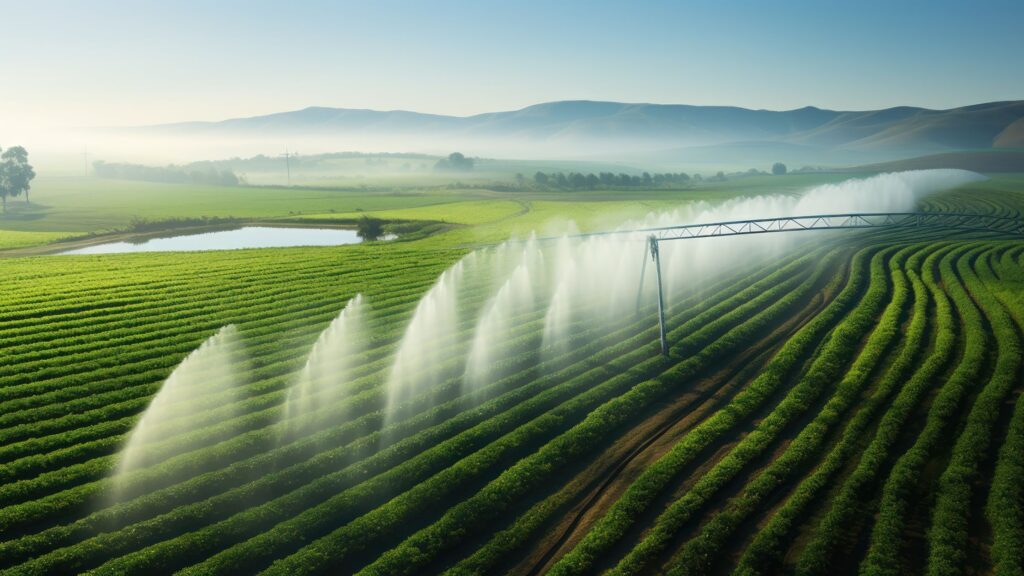
Water scarcity is one of the most pressing challenges facing agriculture in arid and semi-arid regions. These areas, which are characterized by low and erratic rainfall, often struggle to meet the irrigation needs of crops, leading to reduced agricultural productivity and food insecurity. Effective water storage systems offer a promising solution to this problem by capturing and storing water for use during dry periods, thus ensuring a reliable and consistent supply for crop irrigation. This article explores how effective water storage can improve crop irrigation in arid regions and help farmers adapt to changing climatic conditions.
Types of Water Storage Solutions
1. Rainwater Harvesting
One of the simplest and most cost-effective ways to store water in arid regions is through rainwater harvesting. This involves capturing rainfall from roofs, land surfaces, or other structures and storing it in tanks or underground reservoirs. For individual farmers, small storage systems like rooftop rainwater collectors can be used to store water for irrigation during dry spells. On a larger scale, communities can implement regional rainwater harvesting systems that store water in ponds or reservoirs for collective use.
2. Reservoirs and Check Dams
For larger-scale water storage, reservoirs and check dams are commonly used. These structures capture surface water from rivers, streams, or seasonal rainfall and store it for future use. Reservoirs provide a steady water supply throughout the year, even during dry seasons, making them essential for maintaining irrigation in regions with unpredictable rainfall patterns.
Check dams, smaller and often more affordable than large reservoirs, are built across small rivers or streams to slow down water flow and allow water to seep into the ground or be stored for future use. They also help prevent soil erosion, recharge groundwater, and improve the overall water-holding capacity of the landscape.
3. Groundwater Recharge Systems
In regions where surface water is scarce, recharging groundwater aquifers can be an effective way to store water. Techniques like percolation tanks, recharge wells, and rainwater harvesting pits help direct excess surface water into underground aquifers. This stored groundwater can then be accessed for irrigation through wells, providing a reliable water source for crops even during extended dry periods. Groundwater recharge helps prevent over-extraction of water from existing wells, ensuring the sustainability of water resources in the long term.
4. Drip Irrigation with Integrated Storage
Drip irrigation is one of the most efficient irrigation methods, delivering water directly to the roots of plants, reducing water waste through evaporation and runoff. Combining drip irrigation with effective water storage systems, such as rainwater tanks or reservoirs, can significantly improve water use efficiency. This integrated approach ensures that crops receive adequate moisture precisely when they need it, minimizing water wastage while maximizing crop yields.
Conclusion
Water storage is a critical component of sustainable agriculture in arid regions. By capturing and storing water when it is available, these systems enable farmers to maintain reliable irrigation and optimize crop production. Rainwater harvesting, reservoirs, groundwater recharge, and drip irrigation all offer practical solutions to water scarcity, ensuring that crops receive the moisture they need to grow, even in challenging climatic conditions. As the effects of climate change continue to intensify, investing in effective water storage systems will be essential for ensuring food security and supporting agricultural livelihoods in arid regions.


